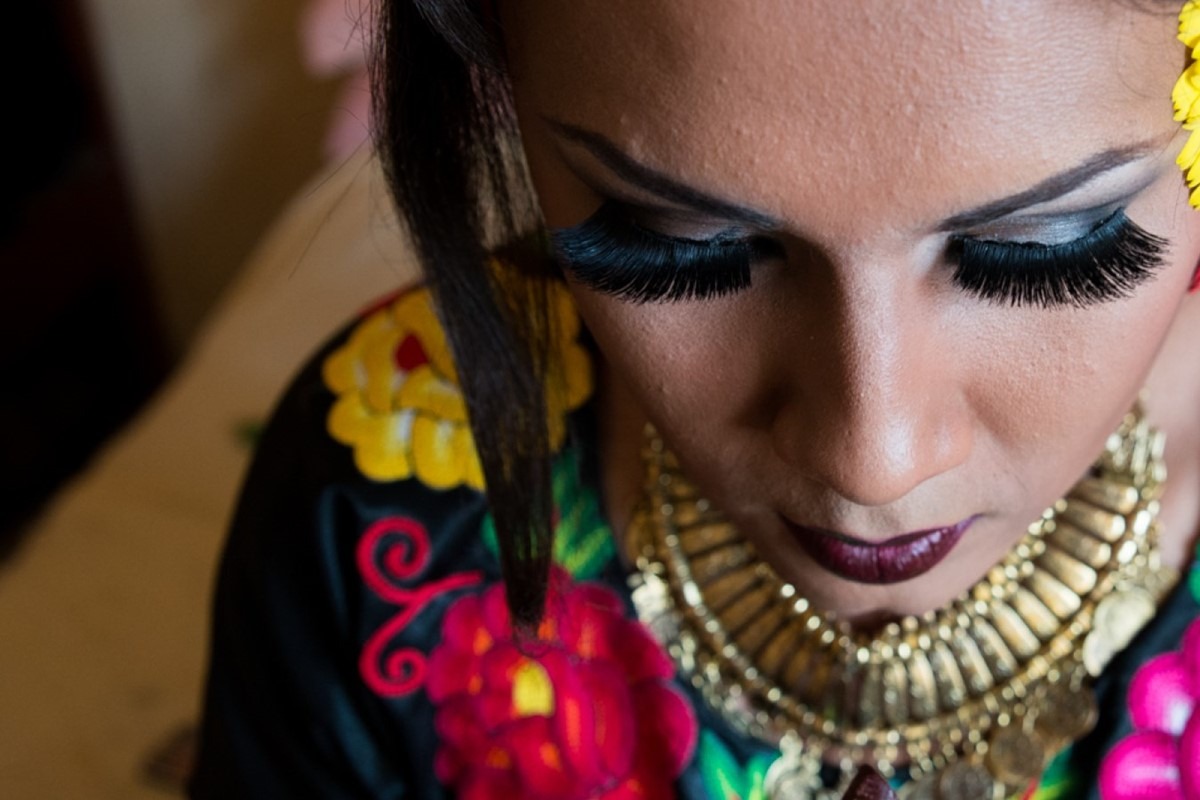
In 2016 Los Angeles-based director Ivan Olita traveled to the town of Juchitán in Oaxaca, Mexico, to explore the world of the muxes, who are considered the country’s third gender—individuals who were assigned male at birth but live their lives as women. The residents of the area proudly retain its ancient pre-colonial Zapotec culture. It’s a culture that acknowledges the existence of muxes (pronounced moo-shehs), a third gender that is neither entirely male nor female.
Though sometimes they identify as gay men who dress as women, muxes are fluid beings who aren’t neatly gay or transgender. Like India’s hijras, their cultural existence straddles the line between a revered blessing and a reviled minority.
Many people believe children are born as muxes — creative, fearless individuals endowed with male strength and female sensitivity, skilled in creativity and hospitality — while others believe some mothers in Juchitán’s ostensibly matriarchal society encourage their sons to be muxes, hopeful they’ll never marry and will instead stick around to financially and physically care for them in old age.
 Olita said “Though Juchitán is not the paradise of tolerance it might seem, and there are still episodes of discrimination, the muxes are absolutely part of the city’s cultural landscape. They are cherished by the people of the village and most families see having a muxe as a blessing, especially since they rarely marry and will most likely take care of their elders.”
Olita said “Though Juchitán is not the paradise of tolerance it might seem, and there are still episodes of discrimination, the muxes are absolutely part of the city’s cultural landscape. They are cherished by the people of the village and most families see having a muxe as a blessing, especially since they rarely marry and will most likely take care of their elders.”
He added “Juchitán muxes do not need to be dressed as women to be considered such. It is simply a person that is born male but displays certain female characteristics, or some of each, and ‘fills’ a certain role between men and women, a third gender. The whole dressing thing is not really relevant, it is more about the social role they play.”

